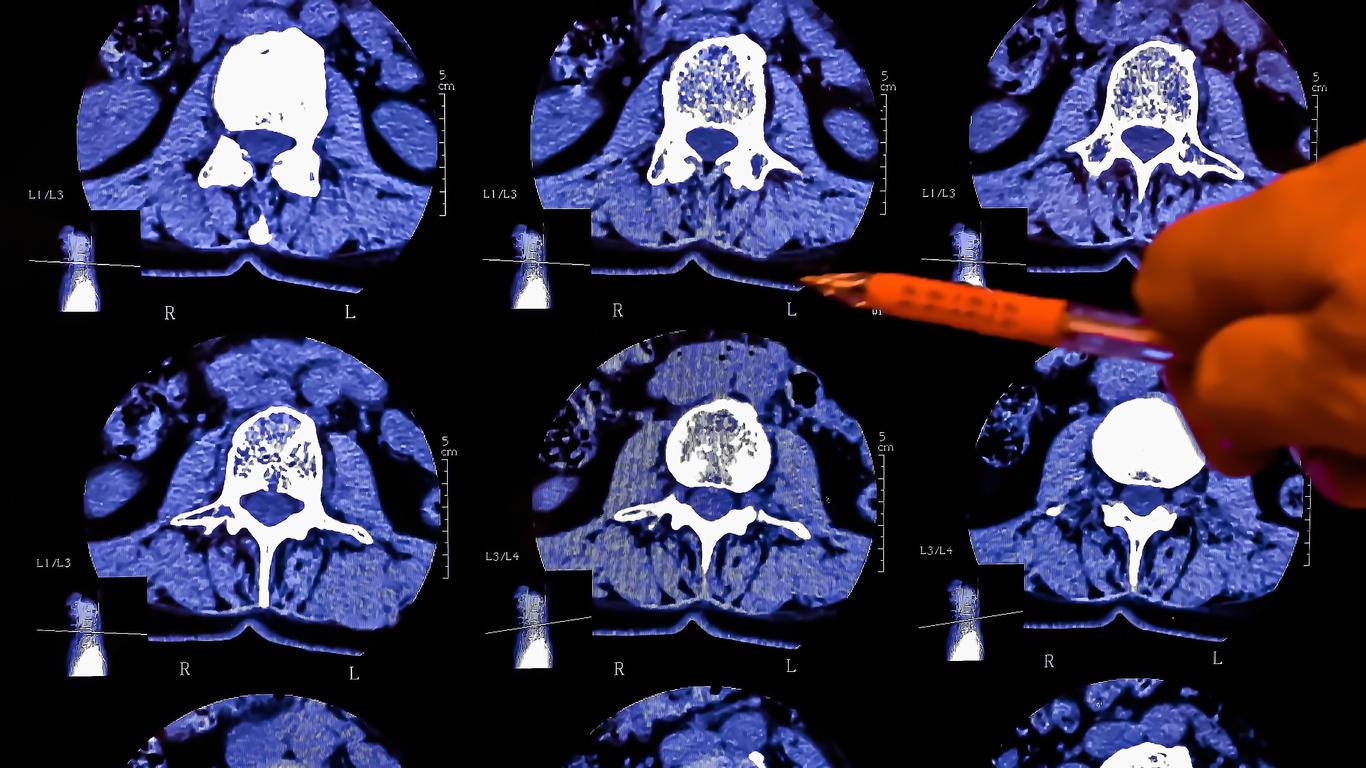Pain
Surgical Options for Degenerative Disc Disease (DDD)

What is degenerative disc disease?
Degenerative disc disease (DDD) is a condition of the spine, in which one or more of the discs between the vertebrae, also known as intervertebral discs, cause neck or back pain. Intervertebral discs are the cushions between the vertebrae; they keep the back pliable and enable the body to bend, twist, and carry weight. Intervertebral discs are mainly composed of water, and as a person ages, the discs dry out, lose their flexibility, elasticity, and the ability to absorb shock. When this causes pain, it is referred to as degenerative disc disease. DDD is a progressive condition; the main treatment goals are to manage pain and prevent further damage.
In addition to at-home treatment options, conventional medical treatments, and complementary and alternative treatments for degenerative disc disease, surgical options are also available.
Surgery for degenerative disc disease is usually not required. However, if other treatments have not been successful for at least 6 months, disc degeneration is present in just one or two discs, or a spinal surgeon recommends it, surgery may be a viable option.
Questions to ask if surgery is a recommended option
- Why is the surgeon recommending this approach?
- What are the possible alternatives to surgery?
- If surgery is not done, will the condition worsen?
- What are the risks and benefits of the surgery?
- How long is the recovery time?
- Is post-surgical rehabilitation (i.e., physical therapy) required?
- How will pain be managed after surgery?
- What is considered a successful outcome?
- What are the long-term consequences of the surgery?
- How many of these procedures has the surgeon done?
- What is the surgeon’s success rate with the specific procedure?
Surgical options for degenerative disc disease
Three main types of surgery can be performed for degenerative disc disease, including spinal decompression surgery, stabilization (fusion) surgery, or artificial disc replacement (intervertebral disc arthroplasty). Decompression surgery involves removing tissue that is putting pressure or pressing on a nerve. Stabilization (fusion) surgery involves fusing two or more vertebrae together. Artificial disc replacement (intervertebral disc arthroplasty) involves removing a degenerated disc and replacing it with an artificial disc.
Spinal decompression surgery
Spinal decompression surgery is a term that refers to any surgery or procedure that aims to relieve pressure on the spinal cord or nerve roots. The risks associated with this surgery include infection, bleeding, blood clots, and nerve or tissue damage.
Types of decompression surgery include the following:
- Facetectomy is a procedure in which a facet joint is removed to reduce pressure on a spinal nerve(s).
- Foraminotomy is a procedure in which the foramen (the exit through which a spinal nerve leaves the vertebra) is made larger.
- Laminectomy is a procedure in which the lamina (the bony plate at the back of the vertebra) is removed.
- Laminotomy is a procedure in which a larger opening is made in the lamina.
- Discectomy is a procedure in which part or all of a disc is removed.
- Corpectomy (vertebrectomy) is a procedure in which the entire affected vertebra is removed.
Spinal fusion surgery
Spinal fusion surgery involves fusing two or more vertebrae together to prevent any motion between the vertebrae. This surgery is used to treat deformities of the spine, spinal instability, or herniated discs.
During a spinal fusion surgery for degenerative disc disease, the surgeon places bone or bone-like material between the two vertebrae that are affected by disc degeneration. Metal plates, rods, screws, or cages may be implanted to hold the vertebrae together so they heal into one solid unit.
The risks associated with this surgery include infection, bleeding, blood clots, poor wound healing, nerve or tissue damage, and pain from the site of a bone graft (if bone from part of the body is used).
Artificial disc replacement surgery
Artificial disc replacement, or intervertebral disc arthroplasty, is a procedure in which a degenerated disc is surgically removed and replaced with an artificial disc. The risks associated with this surgery include infection, bleeding, blood clots, dislocation of the artificial disc implant, implant failure or fracture, loosening of the implant, poor placement of the implant, spinal stenosis, and stiffness or rigidity of the spine.
Emergency surgery
In some cases, emergency surgery may be required. If severe lower back pain, weakness in the legs, pain traveling down the legs to the feet, or bladder or bowel incontinence occur, emergency medical attention is required. These symptoms could indicate cauda equina syndrome, a serious disorder that requires immediate intervention.


















